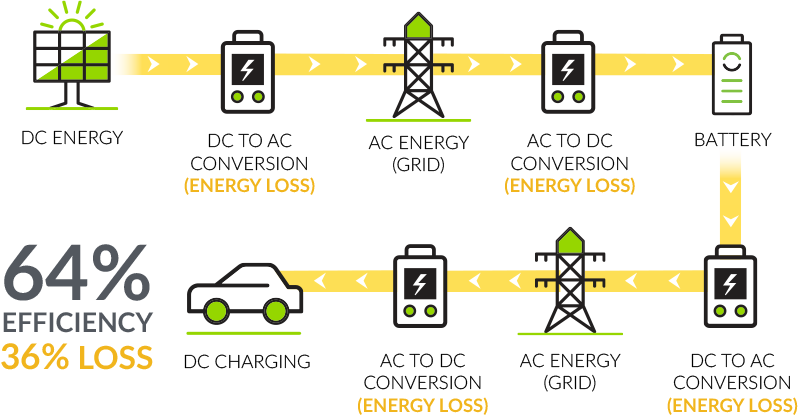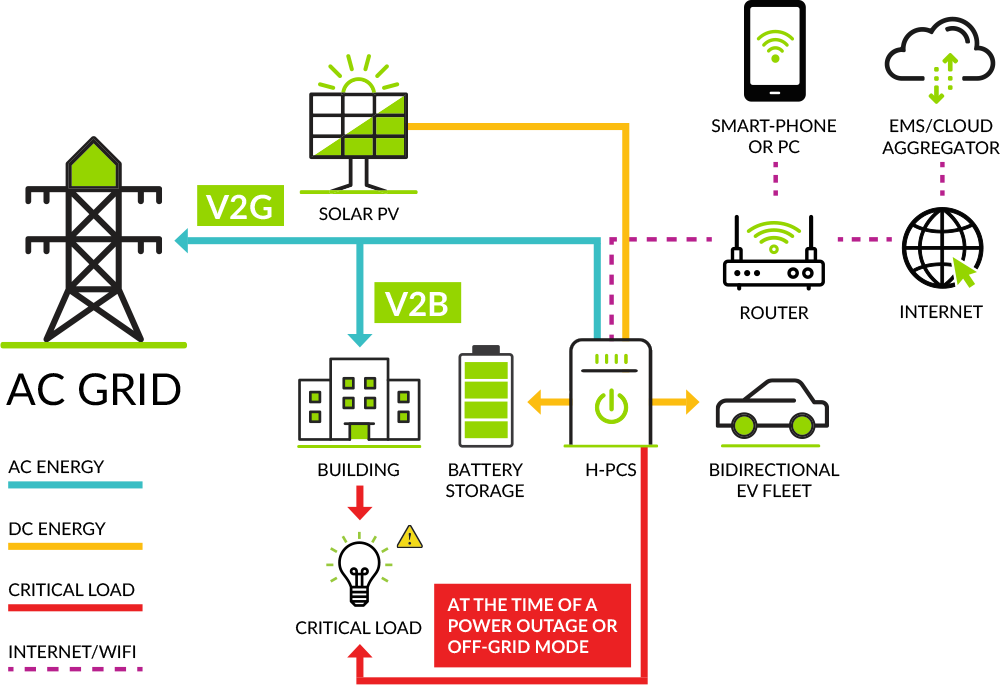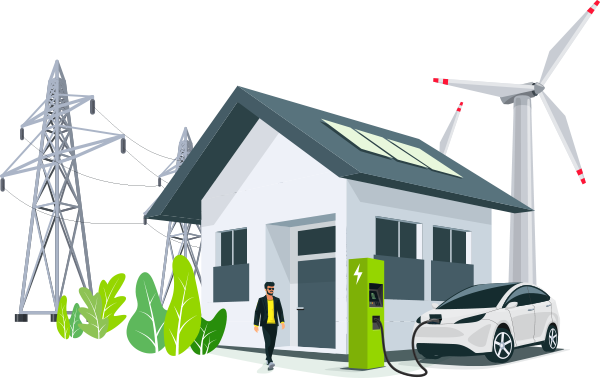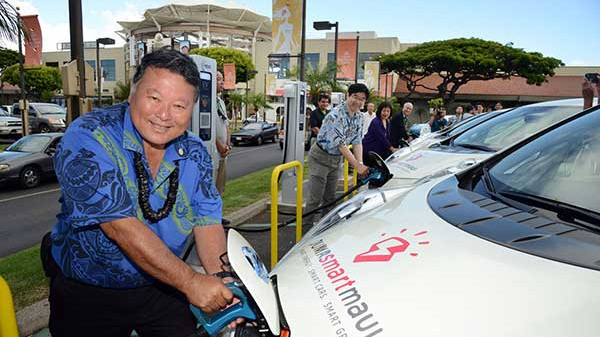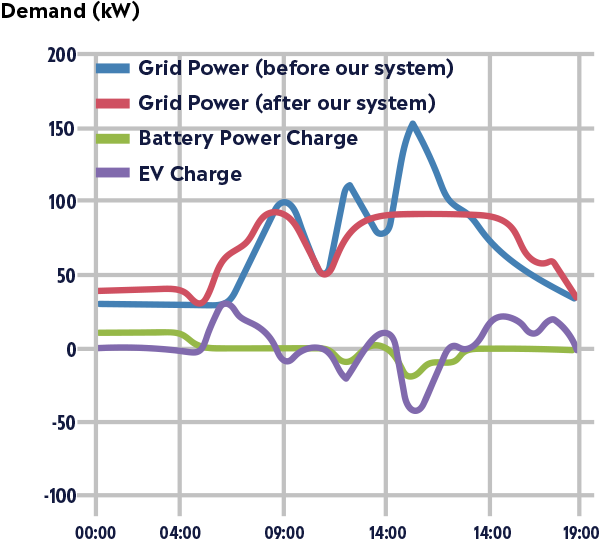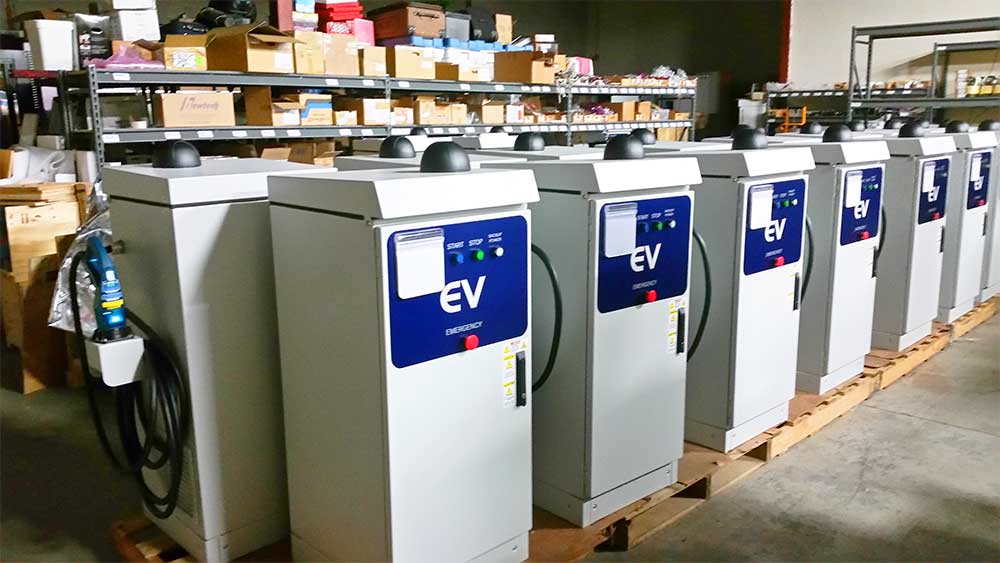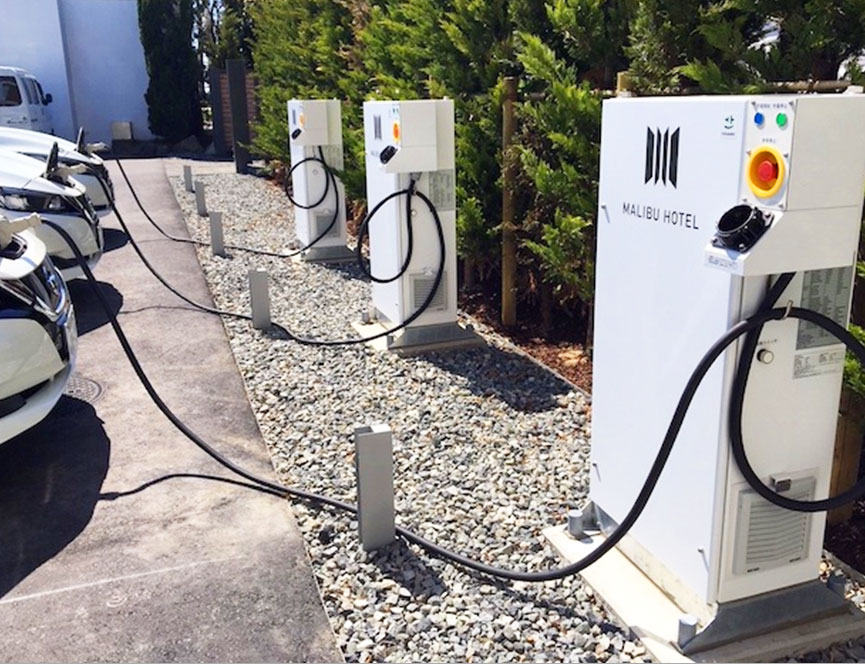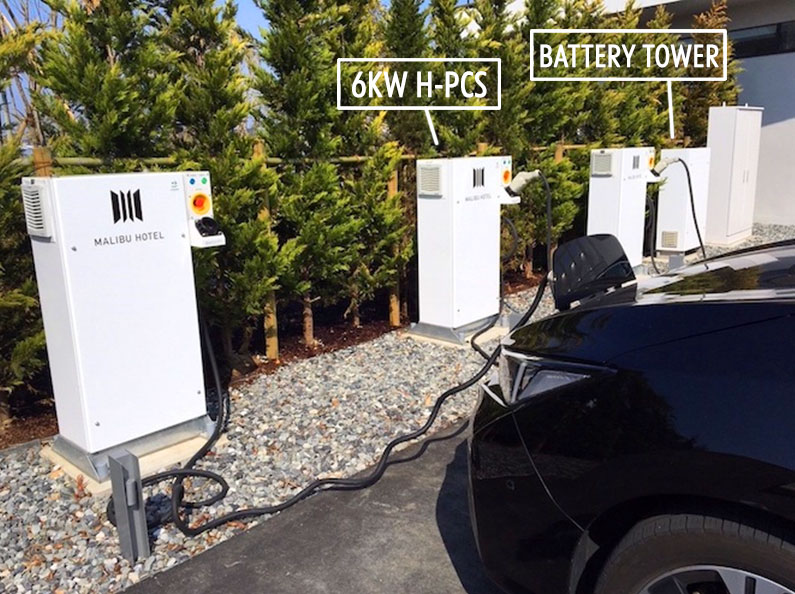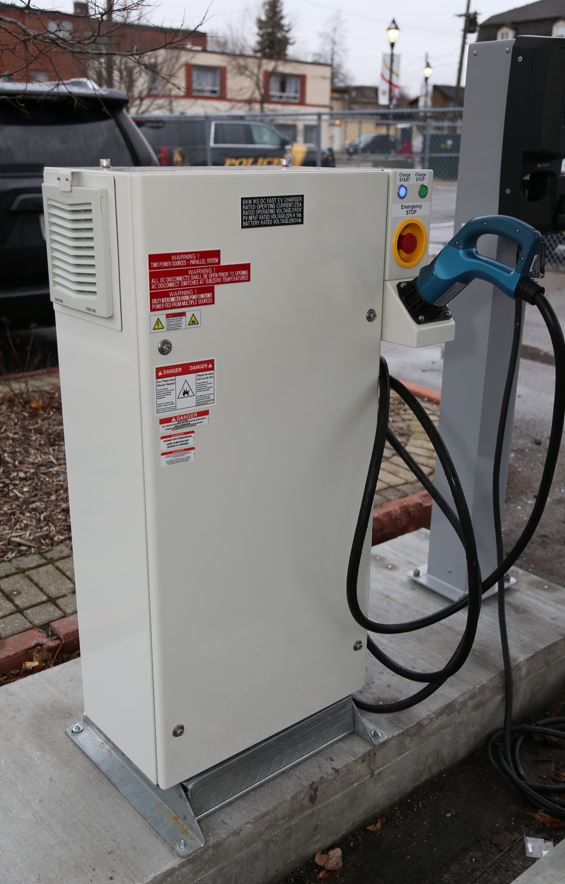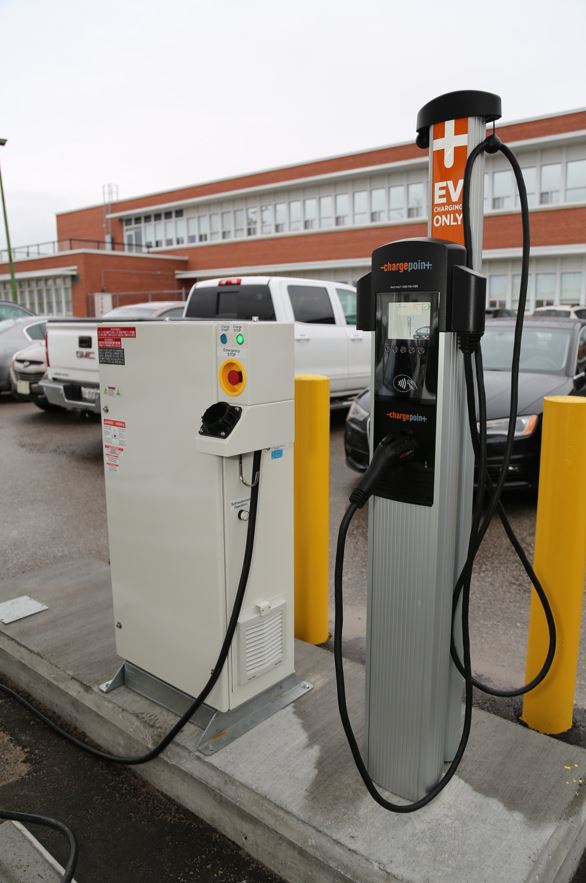How OUR V2G POWER MANAGEMENT SYSTEM WORKS
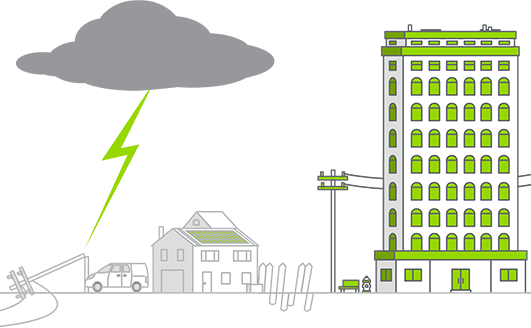

Across the world, severe weather events fueled by climate change are pushing aging electrical systems past their limits, often with serious consequences.


Our V2G enabled power management systems have the ability to support energy and ancillary services when a set of buildings (forming a microgrid) are connected to the utility controlled grid. They can provide reliable, critical emergency power when intentionally or unintentionally disconnected from the utility grid.

ABOUT Our SYSTEMS
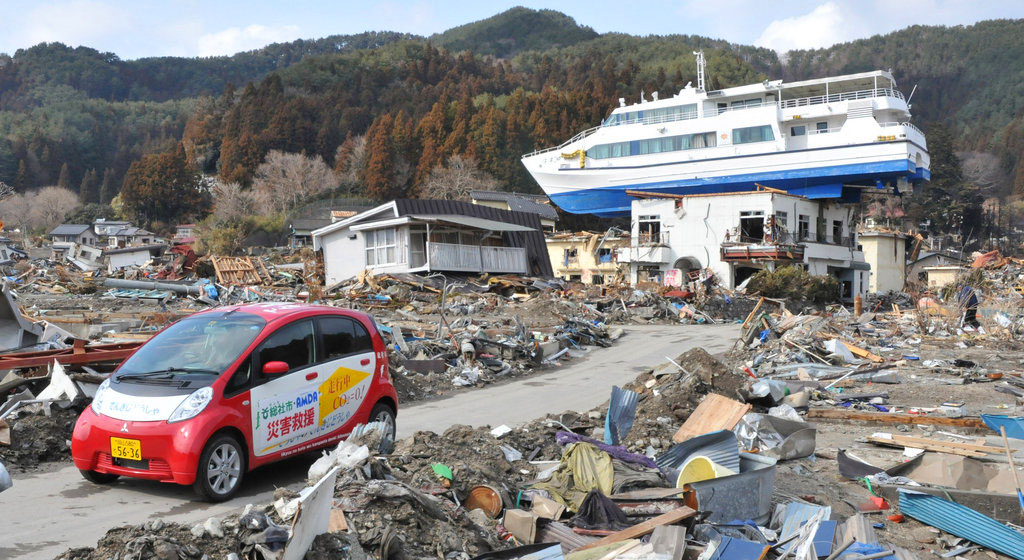
An EV helps after a tsunami hits Iwate Prefecture Japan, 2011.
Photo: K. Kawada
Our fully grid-interactive bidirectional vehicle to grid (V2G) power management systems were first developed and implemented in Japan as a response to the devastating effects of the Great Kobe Earthquake in 1995.
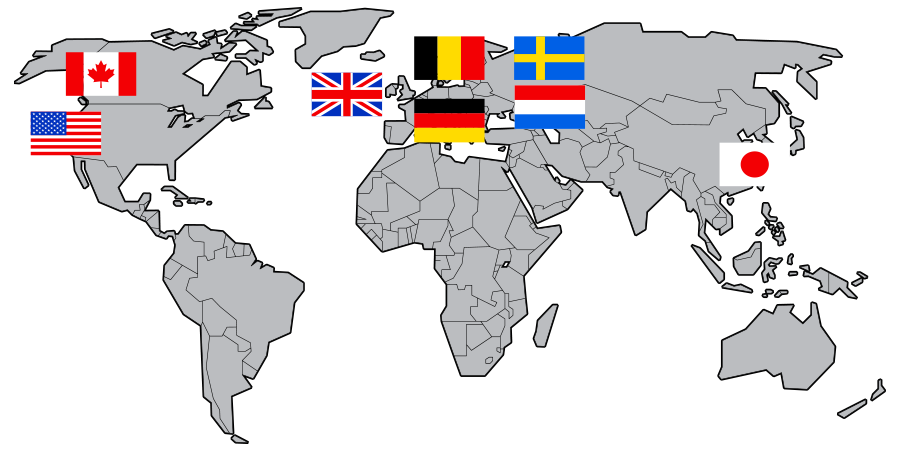
Since 2012, they have been successfully integrated into commercial, government, and business sites throughout Japan and the world to provide high-efficiency power management — reducing energy costs and greenhouse gas emissions while supplying emergency power during outages and disasters.
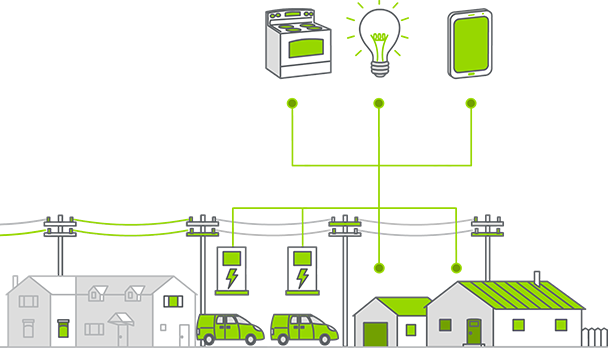

Rural customers that may be located at the end of distribution feeders may suffer from low voltage issues. An aggregation of V2G units could act as a virtual power plant (VPP) and improve power quality and reliability.
OUR HIGH EFFICIENCY EV CHARGING V2G POWER MANAGEMENT SYSTEMS (WITH SiC TECHNOLOGY)
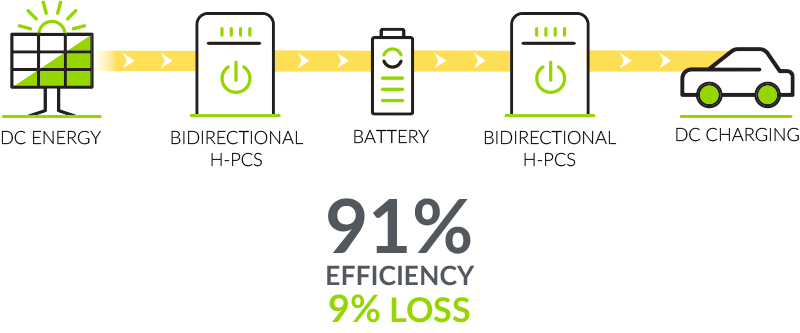
Our DC Bus technology can exchange and mix DC power from solar PVs, batteries, and EVs without AC conversion. This results in up to 91% energy efficiency, making DC-based V2G safer, faster, more efficient, and fully bidirectional – the ultimate V2G energy system for the future.
Project Highlights

Our bidirectional power management systems are already being used across the world in countries such as Japan, UK, Holland, Germany, Sweden, Canada, United States, and Belgium.
More About Our Systems
- UL 9741 for Bidirectional Electric Vehicle (EV) Charging System Equipment
- UL 1741, Standard for Inverters, Converters, Controllers and Interconnection, System Equipment for Use With Distributed Energy Resources
- Supplement SA for Grid Support Utility Interactive Inverters
- IEEE 1547, Interconnecting Distributed Resources with Electric Power Systems and IEEE 1547.1
- Conformance Test Procedures for Equipment Interconnecting Distributed Resources with Electric Power Systems.

About Us

EVolve Grid is driven to provide the most innovative and efficient bidirectional V2G power management systems and DC microgrid technologies to industries and critical infrastructures around the world to meet the needs for disaster mitigation, climate resilience, and power sustainability for a greener, brighter future free of emissions.



